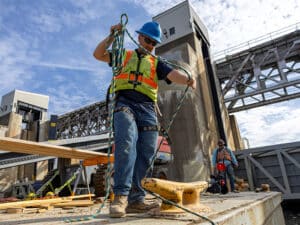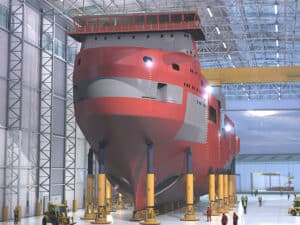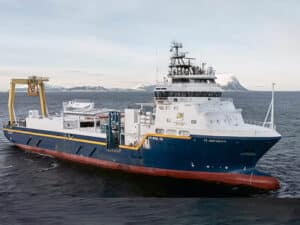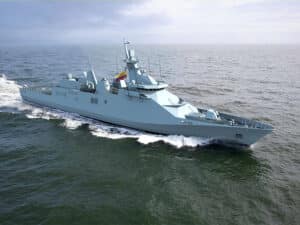
MAIB issues report on self-unloading bulker fire and explosion
Written by The U.K.’s Marine Accident Investigation Branch (MAIB) has published its report on the investigation of the fire and explosion on board Yeoman Bontrup at Glensanda Quarry, Loch Linnhe in western Scotland on July 2, 2010, when the Bahamian- registered, self-unloading (SUL) bulk carrier was loading cargo loading. The fire spread rapidly, resulting in significant damage to the vessel. Fortunately, injuries were minor.
The U.K.’s Marine Accident Investigation Branch (MAIB) has published its report on the investigation of the fire and explosion on board Yeoman Bontrup at Glensanda Quarry, Loch Linnhe in western Scotland on July 2, 2010, when the Bahamian- registered, self-unloading (SUL) bulk carrier was loading cargo loading. The fire spread rapidly, resulting in significant damage to the vessel. Fortunately, injuries were minor.
A routine post-discharge survey identified the need for repairs to Yeoman Bontrup’s cargo discharge hopper, which required hotwork on arrival at the remote Glensanda Quarry on Loch Linnhe.
At 1519, a fire was discovered near the bottom of the vertical cargo conveyor belt. Although attempts were made to extinguish the fire, it spread to the adjacent engine room. Overwhelmed by the scale of the fire, the crew evacuated the ship. The fire spread rapidly to the accommodation and into the steering gear compartment, which contained a wide variety of ship’s-use chemicals. A violent explosion followed which tore the poop deck from the ship.
The most likely cause of the fire was the ignition of the vertical conveyor belt by hot debris from the hopper repair work. Although the vessel was built to the required standards, the fire spread quickly. This was because there was no effective means of early detection, no means of dividing the large cargo handling area for containment purposes, and no fixed fire-fighting system in the cargo handling area to deal with the fire.
The investigation found that the high frequency, and therefore routine nature of hotwork repairs on board Yeoman Bontrup had led to violations of company procedures, which compromised safety. Furthermore, elements of the conveyor belt were highly flammable. There are currently no conveyor belt material standards specific to the marine industry.
The investigation also discovered radioactive silometers in the area of the fire. These had not been included in the list of hazardous materials on board, had not been identified during risk assessments, and were not subject to any control procedures. The MAIB says that the ship’s manager has taken action to improve hotwork procedures compliance and risk assessment, revise ship’s-use chemical stowage arrangements and widen the scope of emergency drills.
The ship’s owner has established an SUL Owners and Operators Forum to review safety issues relating to the industry sector.
Recommendations have been made which are designed to:
Review and improve standards for fire detection, containment and extinguishing in the cargo handling areas of self-unloading vessels as well as develop standards for conveyor belt systems.
- Establish international standards for the use and control of radioactive isotopes on ships.
- Review national guidance on ship’s-use chemical stowage.
- Address complacency with respect to hotwork procedures.
Access the report HERE
May 6, 2011





Leave a Reply
You must be logged in to post a comment.